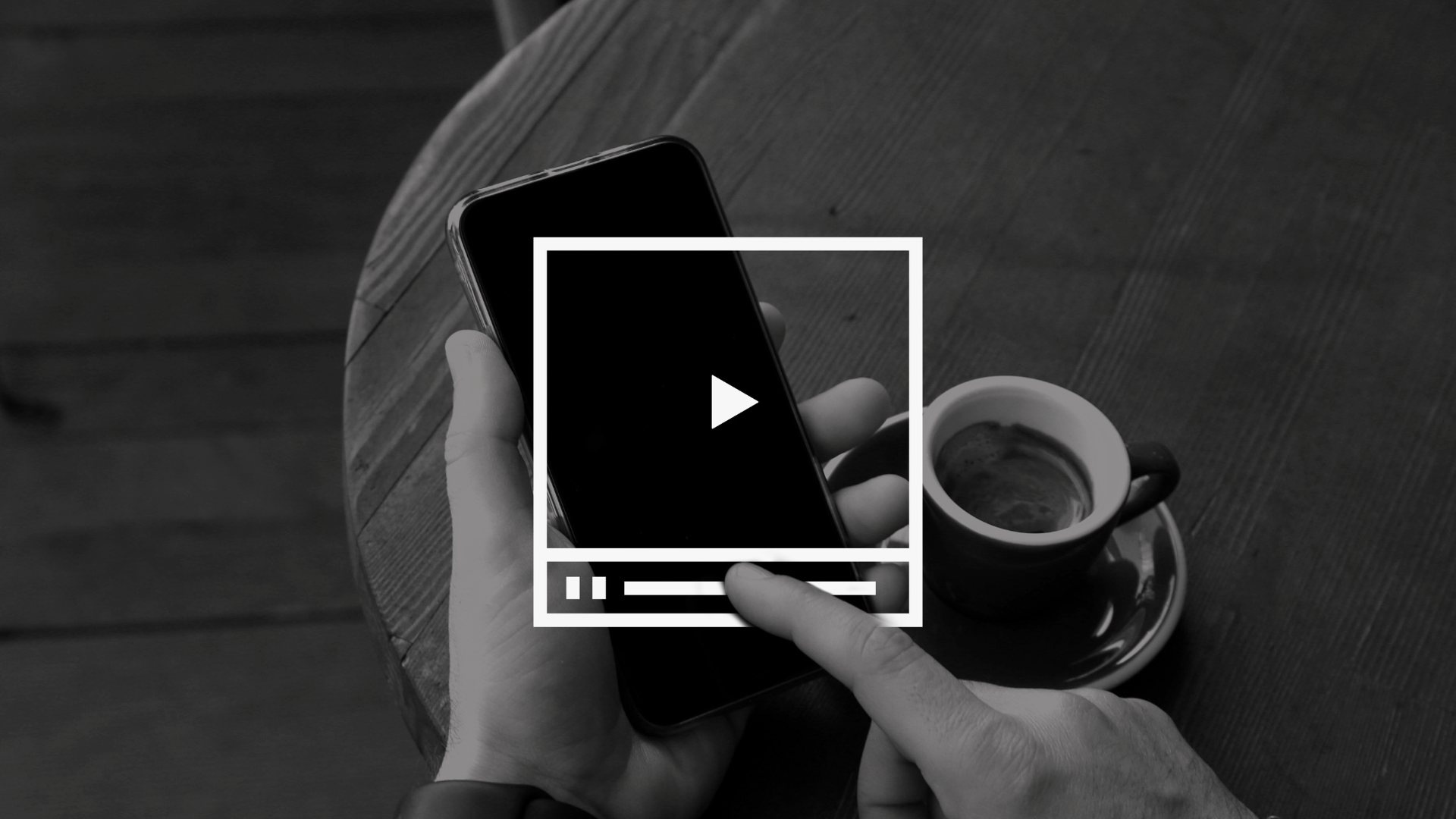The Trust Factor: How Video Builds Instant Credibility for Healthcare Brands
Discover how healthcare brands use video to build trust with patients instantly. From testimonials to staff intros, here’s why video is essential.
The Human Touch in an AI World: Why Authentic Storytelling Still Wins
AI videos are everywhere—but they all look the same. Here’s why authentic storytelling still matters and how Black Fox blends tech with human creativity.
In a World of AI-Generated Content, Emotion Is the Last Stand
AI videos are everywhere—but emotion still wins attention. Discover why brands that lead with human storytelling will thrive in an automated future.
3 Things Most Brands Get Wrong About Video Storytelling
Many brands miss the mark when it comes to video storytelling. Here are 3 common video marketing mistakes — and how to fix them to tell better brand stories that connect and convert.
Top Video Marketing Trends for 2024: Stay Ahead of the Curve
The Top Video Marketing Trends for 2024: Stay Head of the Curve
The Importance of Sound Design in Video Production
In the world of video production, visuals often take center stage. However, one aspect that is equally crucial but sometimes overlooked is sound design.
The Rise of Video Marketing: Trends and Strategies for Success
In today's fast-paced digital world, video marketing has emerged as a powerful tool for brands to engage with their audience, drive conversions, and build brand awareness.
Choosing the Right Video Style for Your Brand: A Guide
Choosing the perfect video style for your brand can be a game-changer in today's digital landscape. That's why we've put together a comprehensive guide to help you navigate the world of video content.
The Art of Storytelling in Video Production: Captivating Audiences Through Narrative
In the world of video production, storytelling is an essential tool for captivating audiences, evoking emotion, and leaving a lasting impression.
DIY Video Production Tips for Small Businesses: Creating High-Quality Videos on a Budget
Many small businesses may feel intimidated by the perceived cost and complexity of video production. The good news is that with the right approach and some practical tips, it's possible to produce high-quality videos on a budget.
Should You Hire an Internal Video Professional?
Should your company hire an internal video professional? There can be pros and cons to this big decision, so we break them down for you.
Exploring Marketing Channels: Strategies for Small Business Success
There are more marketing channels than ever in today’s day and age, but we simplify these down for you. Here are the major marketing channels for small businesses.
Enduring the Journey: Tips for Starting Your Business
Starting a business is an incredibly daunting journey for many. Follow these tips to keep going, and never lose sight of your dreams.
How to Be Productive in the Modern Age
Being productive in the modern age is harder than ever, but there’s a way to focus and cut through the noise.
The Power of Video: Why It’s Essential in Modern Marketing
We explore the many reasons why video marketing is essential in modern marketing campaigns.
5 Reasons Why Video is a Worthy Investment in Marketing Campaigns
5 Reasons Why Video Marketing is a Worthy Investment of your hard-earned business dollars in Marketing Campaigns
Staying Motivated Throughout the Year
Staying motivated throughout the year is tough for all of us, but hope lies ahead.




















